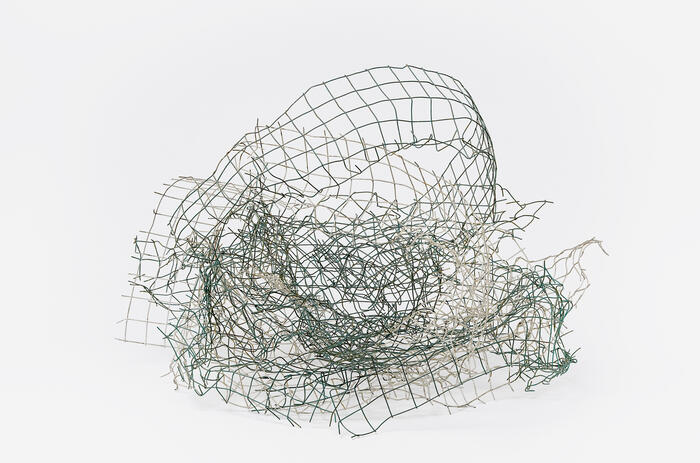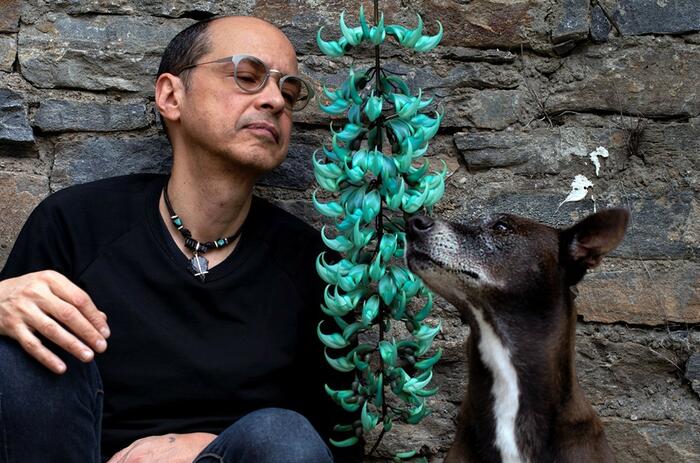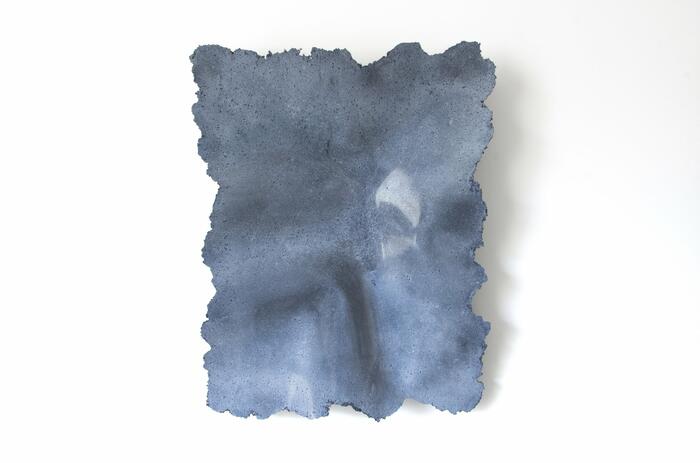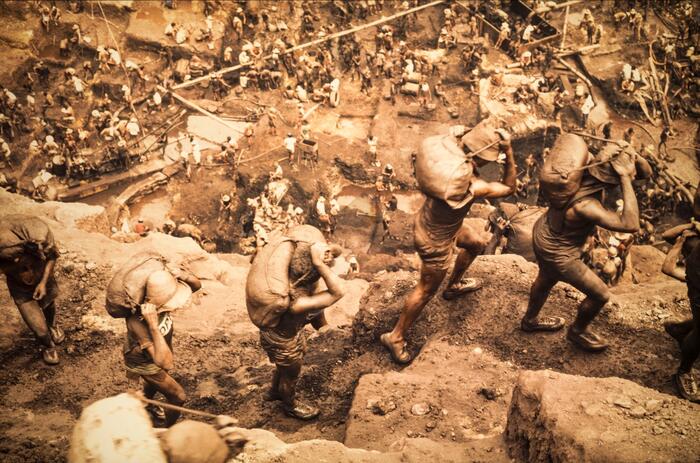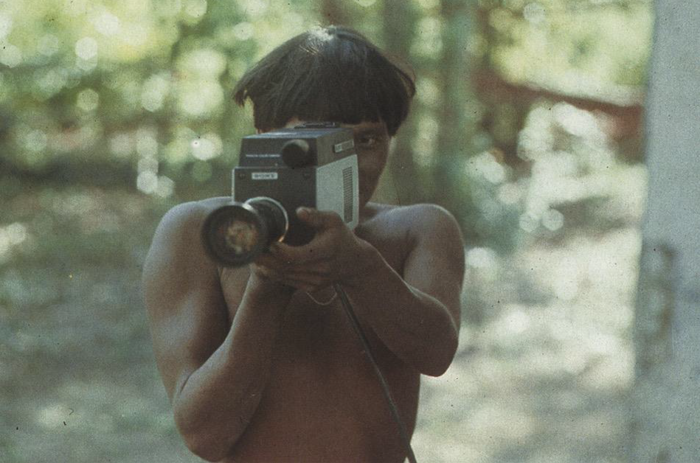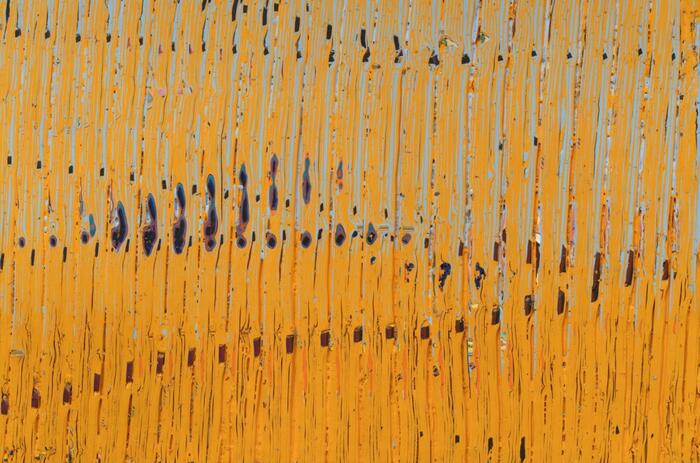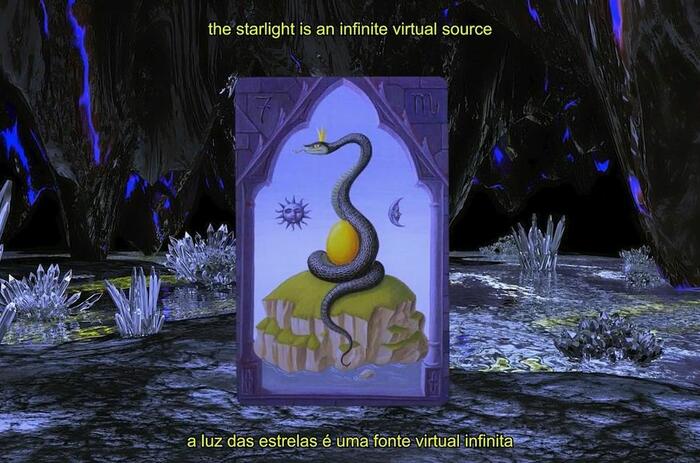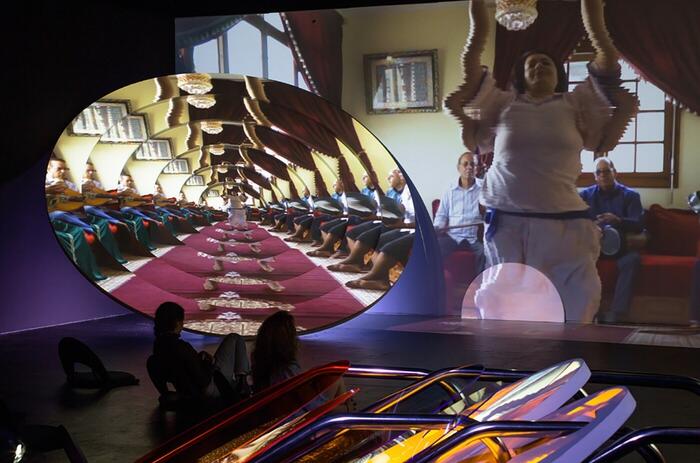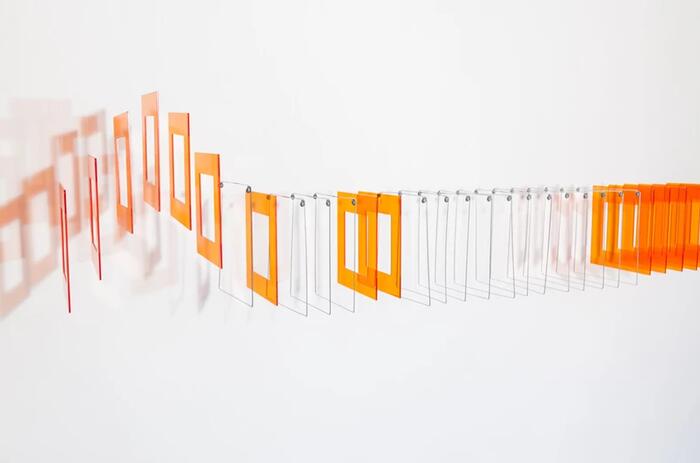COLLABORATIVE PROJECT IN HOMAGE TO GEGO
With the intention of rethinking the legacy of the Venezuelan-German artist Gego and its historical significance from the contemporary context, LA ESCUELA___ created a project of dialogue, learning and exchange Collective Reticulárea: Communal Cartographies.
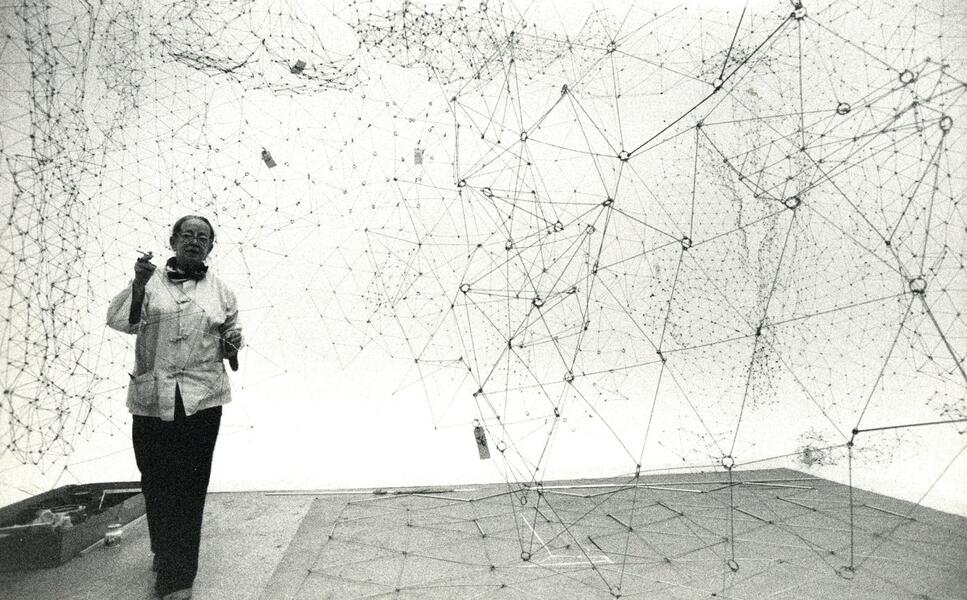
This participatory project conceived by artist Miguel Braceli, proposes to build a meeting and learning space around collaboration, weaving networks, and the affective bonds between art and the territory, addressing issues of diasporas and migration.
Collective Reticulárea contemplates the activation of participatory projects with university students in Caracas, an educational program aimed at teaching artists, and the creation of an international collaborative network for activating Gego's Reticulárea as a collective structure. Curated by Fundación Gego and Stefanie Reisinger, the project is part of a commemorative program in the 30th anniversary of Gego’s passing, developed jointly by LA ESCUELA___, Fundación Gego, Sala Mendoza, and the Goethe-Institut Venezuela, in collaboration with a network of Venezuelan artists and students of the Taller X of the School of Architecture of the Central University of Venezuela.
A key figure for twentieth-century geometric abstraction, thanks to her contributions to the study of form in space, in this project, her work is understood through the lens of learning and collaboration.
-
Reticulárea colectiva: cartografías comunes. Proyecto con estudiantes de Arquitectura del Taller X FAU. Universidad Central de Venezuela. 2023. Foto: Jesús Briceño. Cortesía: LA ESCUELA___.
-
Reticulárea colectiva: cartografías comunes. Proyecto con estudiantes de Arquitectura del Taller X FAU. Universidad Central de Venezuela. 2023. Foto: Jesús Briceño. Cortesía: LA ESCUELA___.
-
Reticulárea colectiva: cartografías comunes. Proyecto con estudiantes de Arquitectura del Taller X FAU. Universidad Central de Venezuela. 2023. Foto: Jesús Briceño. Cortesía: LA ESCUELA___.
Reticulárea is one of Gego’s most representative works, for concretizing her research on spatial experience and drawing in the void. It consists of the spatial development of joints between linear pieces that, when assembled together, form an immersive whole: the design of a system of edges with a flexible node capable of generating a rhizomatic structure of an endlessly expansive nature.
The idea is to “approach the node as a design object, but also as an exchange space as a way of creating relationships in the context of displacements and diasporas; this allows us to learn from Gego's expansive work, to redimension the Reticulárea as a political communal territory through the link,” Braceli explains. The project hopes to build a different cartography of the continent, where geopolitical borders are now replaced by bridges, flows, and exchanges that draw a new network.
LA ESCUELA___, Fundación Gego, Sala Mendoza and the Goethe-Institut Venezuela invite all people interested in participating in this celebration of Gego's work, to collaborate by sending module-pieces to the various collection centers located in Latin America, Europe, and the United States. These will be shipped to Caracas, Venezuela, where they will be integrated into a spatial installation in homage to the Reticulárea. The sum of all these different pieces will give shape to the Collective Reticulárea, to be installed at Sala Mendoza, at Caracas, Venezuela. The exhibition will be open to the public from February 24 through April 20, 2024, along with an educational program around Gego, her work, and the relevance of her legacy for the history of art in Venezuela and Latin America.
-
Reticulárea colectiva: cartografías comunes. Proyecto con estudiantes de Arquitectura del Taller X FAU. Universidad Central de Venezuela. 2023. Foto: Jesús Briceño. Cortesía: LA ESCUELA___.
-
Reticulárea colectiva: cartografías comunes. Proyecto formativo con estudiantes de la Escuela Comunitaria SHEKINAH, San Blas, Petare, Caracas. Noviembre 2023. Foto: Jesús Briceño. Cortesía: LA ESCUELA___.
-
Gego: Reticulárea. CIR, Center for Interamerican Relations (Nueva York, 1969). Cortesía: Fundación Gego.
Open Call
The call invites people whose artistic, pedagogical, or research practices are nourished by or address the work of Gego.
Artists Esperanza Mayobre, Lucía Pizzani, Jaime Gili, Elías Crespin, Fabiola Arroyo, María Antonia Rodríguez, Beto Gutiérrez, Valentina Alvarado, Augusto Gerardi, Miguel Braceli, Andrés Michelena, Lenin (Federico) Ovalles, Elisa Bergel Melo, Camilo Barboza and Gabriela Quero are collaborating with their studios to receive pieces in Latin America, Europe and the United States, while the Goethe-Institut Venezuela will receive the contributions in Caracas. The pieces will be received from December 1, 2023, through January 15, 2024.
To participate, individuals or groups must contribute by making at least one module (a three-dimensional piece with a triangular base from the union of its edges, capable of linking and growing in different directions). The pieces should measure approximately 30 centimeters and can be made of any material that can build a line, provided that they can be folded or disassembled, and can fit into a double letter-sized envelope (A3). To learn more about the program.

